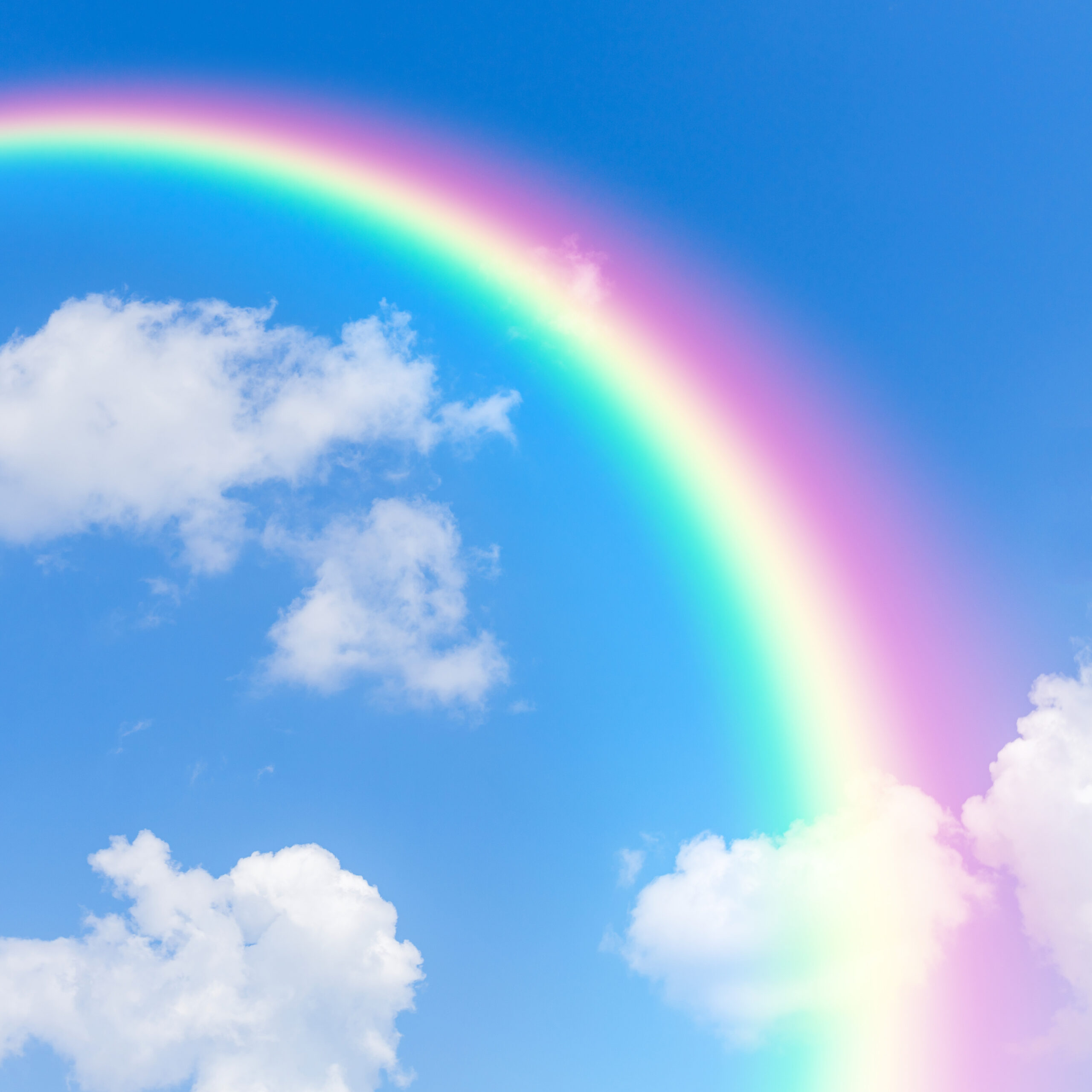In examining the Bahá’í teachings through the metaphor of the Rainbow Circle, one begins to appreciate the profundity of inclusivity and unity that the faith espouses. The notion of a black church embracing individuals from all backgrounds is not merely a question of racial acceptance, but a broader inquiry into the very essence of community and belonging. How does one envision a congregation that celebrates diversity while forging a cohesive identity? This inquiry opens the door to both playful exploration and serious contemplation, challenging preconceptions that often segregate rather than unify human experiences.
To commence this exploration, it is crucial to delineate the foundational principles of Bahá’í teachings that resonate with the ethos of the Rainbow Circle. Central to Bahá’í philosophy is the idea that humanity is fundamentally one, embracing the diversity of races, cultures, and traditions. This perspective posits that every individual, regardless of their background, contributes uniquely to the collective tapestry of society. The Rainbow Circle symbolizes this vibrant spectrum of human existence, where every hue represents distinct identities and experiences, yet together they form a magnificent whole.
However, the integration of diverse communities within a singular framework may present a challenge—a tension between maintaining individual identities and fostering collective solidarity. This duality can lead to interrogative reflections: How can diverse traditions coexist within a single faith community without leading to dilution or conflict? Can a black church truly be a space where all colors converge harmoniously?
Delving deeper, the Bahá’í principle of ‘unity in diversity’ serves as a guiding beacon. This concept emphasizes the importance of celebrating each group’s uniqueness while simultaneously recognizing the overarching unity that binds humanity. The act of gathering—whether in worship, service, or community activities—becomes a sacred practice, fostering environments where dialogue flourishes and mutual respect is cultivated. Within this context, one can envision the Rainbow Circle as an avant-garde framework that enables cross-cultural exchanges, where stories of struggle and achievement intermingle, creating a rich narrative tapestry.
The role of the black church in this dynamic cannot be overstated. Historically, black churches have served as havens of resilience and empowerment, articulating the struggles and triumphs of African American communities. As these congregations embrace the Bahá’í ideal of inclusivity, they become pioneering spaces where diverse backgrounds converge to find common purpose. The challenge, however, remains: how can these churches preserve their identity while welcoming individuals from various racial and cultural landscapes?
Intercommunity dialogue is an effective pathway toward this integration. Initiatives that encourage interfaith discussions and joint community service projects can cultivate understanding and appreciation of varied experiences and perspectives. By engaging in meaningful dialogue, congregants can appreciate the profound connections that transcend racial lines, offering a living testament to the power of unity. The Rainbow Circle thus transforms from a mere notion into a vibrant and dynamic community, full of shared aspirations and collaborative efforts.
Moreover, the practice of service to humanity is central to both the Bahá’í faith and many black churches. This shared value can lead to transformative social action. When congregants from different backgrounds come together to address social injustices, they foster an environment where identities are not overshadowed but rather amplified. The act of uplifting one another becomes a central theme, enshrining the belief that collective action can dismantle the barriers that often divide us. The Rainbow Circle, therefore, acts as both a metaphorical and practical framework for building bridges among distinct communities.
Nevertheless, pain and resentment from historical injustices must be addressed with compassion and sensitivity. The process of healing within a diverse congregation requires acknowledgment of these past histories and a commitment to working through them together. The challenge lies not only in understanding these histories but also in constructing pathways forward that honor both collective memory and the cherished hope for a unified future.
As members of a Bahá’í-inspired Rainbow Circle, congregations can leverage the diversity of their membership to tackle contemporary societal issues. This collective approach can illuminate profound insights that transcend ethnic boundaries. Engaging in joint education, social activism, and community outreach fosters a sense of ownership and belonging among all participants. By working hand in hand, congregants can manifest the principle that ‘the earth is but one country, and mankind its citizens,’ echoing the inclusive dreams posited within Bahá’í teachings.
In conclusion, the Rainbow Circle presents an evocative metaphor for the integration of diverse communities, particularly within the context of a black church embracing individuals from all backgrounds. While challenges remain, the Bahá’í commitment to unity in diversity provides a robust framework for exploring and navigating these complexities. Congregations can embrace their unique identities while simultaneously forging deeper connections that reflect our shared humanity. Through dialogue, acts of service, and mutual respect, the colorful tapestry of diverse identities can coalesce into a harmonious and vibrant community, embodying the true essence of Bahá’í teachings. The playful question of whether such integration is possible is met with a resolute affirmation: together, we can indeed create a Rainbow Circle that welcomes all colors.
